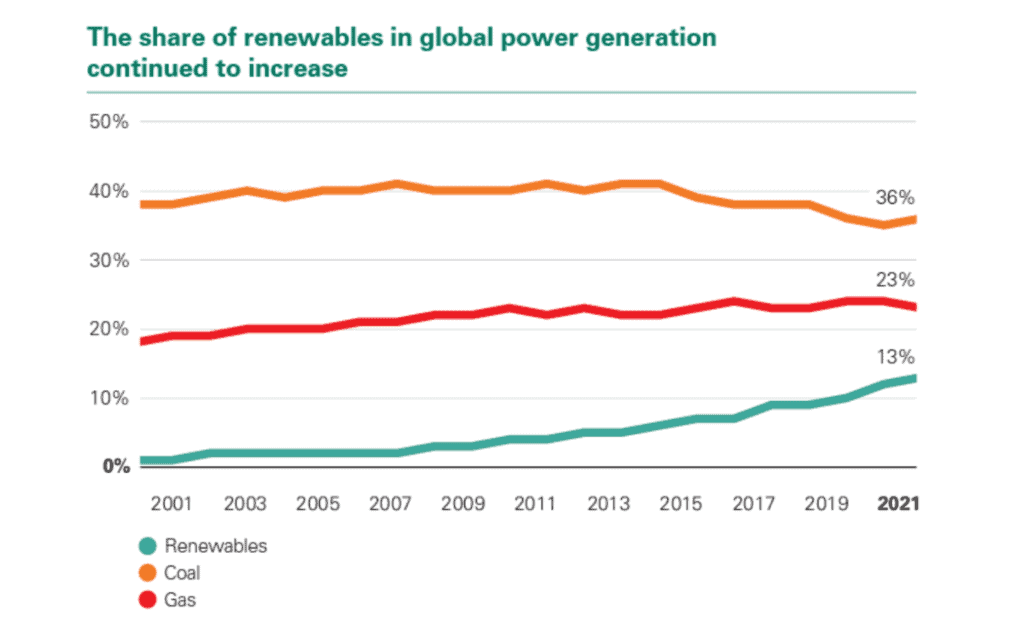The Sennen Roundup | Article 1 | 01.09.2022
What really lies behind the ‘cost of living crisis’
BY: Gaby Amiel, Sennen Co-Founder & CEO
Seismic changes are disrupting energy markets in 2022.
The average wholesale power price in Europe is up 400% from the previous year. For energy consumers the cost increases are eye-watering. The UK domestic price cap from 1st October will be £3,549 per year for a typical household. A much higher price cap is expected in January.
The media and politicians have declared a “cost of living crisis”. I dislike this term as it seems intentional to disguise the true nature of the issue. It would be more honest and more helpful to talk about ‘the energy deficit’.
It’s not just domestic energy consumers feeling the impact. With gas prices 10 times higher in Europe than in the US, our industrial base will be wiped out if energy prices remain at current levels.



